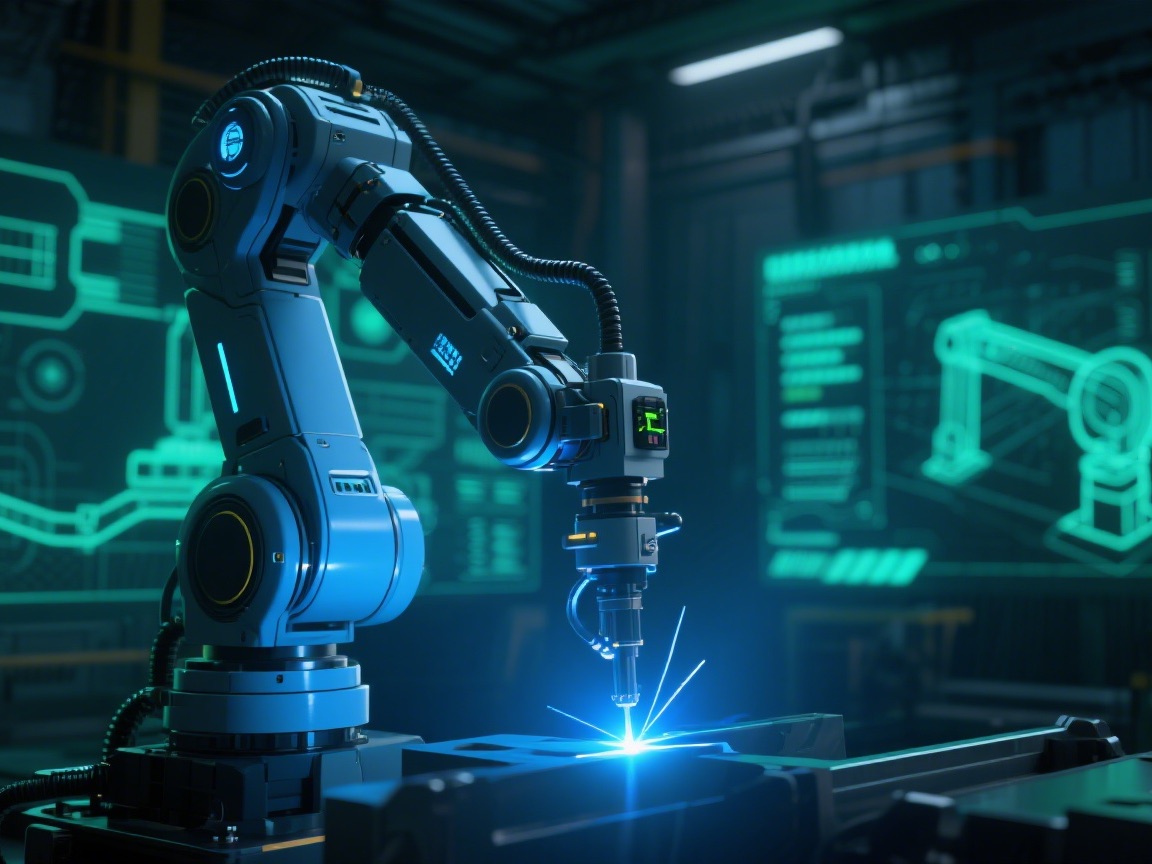 Industry News
Industry News Industrial Manufacturing: AI-Driven Upgrade of Smart Manufacturing
Industrial Manufacturing: AI-Driven Upgrade of Smart Manufacturing
2025-08-27
2025-05-13
2025-05-26
2025-06-03
2025-06-20
2025-11-20
 Current Affairs
Current AffairsChoosing the right walk-in stability chamber is one of the most critical decisions for any pharmaceutical or biotech facility. It directly affects product quality, regulatory compliance, and long-term testing reliability.
To help you make an informed choice, here are seven essential questions every buyer should ask — along with clear, easy-to-understand answers.
Q1: What Is a Walk-In Stability Chamber, and Why Is It Important?
A walk-in stability chamber is a large, temperature- and humidity-controlled testing room used to evaluate how medicines or raw materials perform under specific environmental conditions.
These chambers are essential in pharmaceutical stability studies, helping ensure that every batch of a drug remains safe and effective throughout its shelf life. Whether you’re testing active pharmaceutical ingredients (APIs) or finished products, stability chambers are the foundation of quality control and compliance with ICH and GMP standards.
Q2: How Do I Choose the Best Chamber for My Lab?
The best walk in stability chamber for pharmaceutical lab should provide precise temperature and humidity control, uniform air circulation, and reliable data logging.
Small labs may prioritize compact chambers with lower power consumption, while large-scale manufacturers need walk-in units that support multi-zone testing. Look for systems with automated monitoring and alarms to reduce manual work and ensure consistency in long-term testing.
Q3: Why Are Calibration and Validation So Important?
Before any chamber can be used for official testing, it must go through walk in stability chamber calibration and validation. Calibration ensures that sensors are accurate, while validation (IQ/OQ/PQ) verifies that the entire system performs as expected.
Without these steps, your data could be inaccurate, leading to compliance risks or product recalls. A properly validated chamber ensures traceability and reliability — two cornerstones of pharmaceutical quality assurance.
Q4: Can I Customize My Stability Chamber to Fit My Needs?
Yes, many manufacturers now offer custom walk in stability test room design services. This option is ideal for facilities with limited space or specific workflow requirements.
Customization can include adjustable shelving, modular layouts, or even dual-zone environments for simultaneous long-term and accelerated testing. By tailoring the design to your process, you can maximize both efficiency and testing accuracy.
Q5: What About Installation and Setup Costs?
A key factor often overlooked by first-time buyers is the walk in stability chamber installation service cost. Installation can involve HVAC integration, humidity piping, and electrical connections — all of which affect performance.
Choosing a supplier that provides complete installation and commissioning services ensures optimal setup. While this may increase upfront costs, it prevents costly downtime and calibration errors later on.
Q6: Are There Reliable Suppliers in China?
Yes, several global buyers now source their equipment from a walk in stability chamber supplier in China. Chinese manufacturers have made major progress in technology, offering chambers that meet international standards such as ISO, CE, and GMP.
They also provide flexible customization, remote monitoring software, and responsive after-sales support — all at competitive prices. When selecting a supplier, check for export experience and validation documentation to ensure compliance.
Q7: What Should I Check Before Making a Final Purchase?
Before signing any contract, confirm these seven things:
If your chosen chamber meets these points, you’re investing in a system that ensures both reliability and long-term value.
Final Thoughts
A walk-in stability chamber is more than just an environmental testing room — it’s a cornerstone of pharmaceutical quality and regulatory compliance. Whether you’re building a new lab or upgrading an existing facility, focusing on precision, validation, and supplier reliability will ensure your investment pays off for years to come.
Disclaimer: This website respects intellectual property rights. If any infringement is found, please contact this website in a timely manner for handling.